Maximize Protection with Geofantex’s 120 Mil HDPE Geomembrane
Geofantex, a reliable geomembranes supplier factory, offers HDPE, LLDPE, and PVC liners for environmental, mining, and water projects.
Tel: +86-411-39569550 | E-mail: info@geofantex.com/geofantex@gmail.com
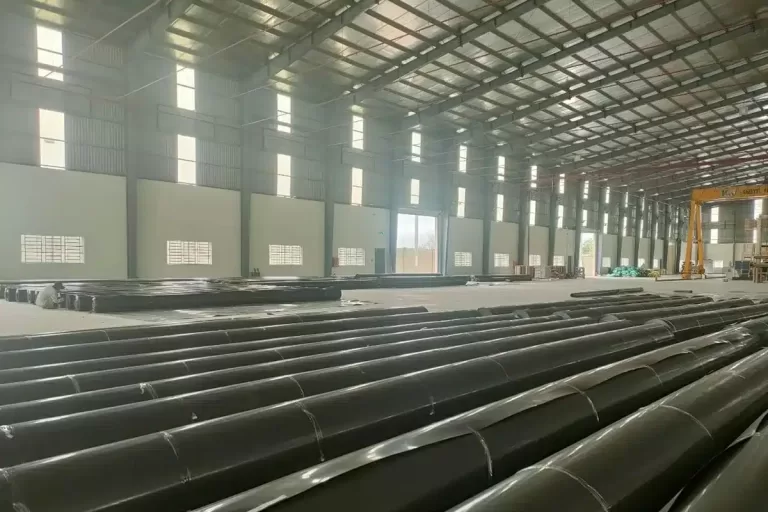
Geofantex, a reliable geomembranes supplier factory, offers HDPE, LLDPE, and PVC liners for environmental, mining, and water projects.
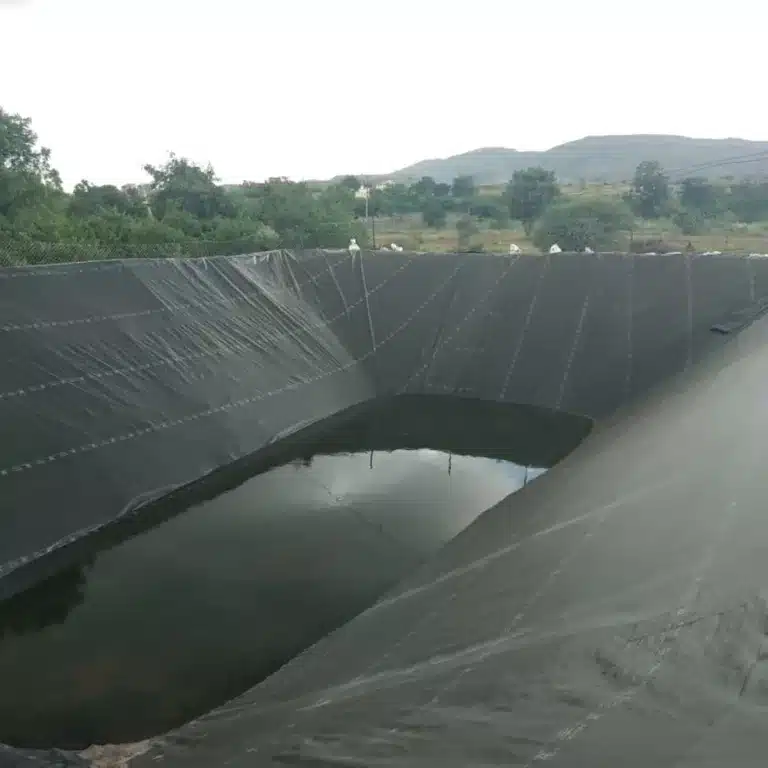
Geofantex, a reliable geomembranes supplier factory, offers HDPE, LLDPE, and PVC liners for environmental, mining, and water projects.

Discover how geogrid fabric retaining wall solutions enhance stability, reduce maintenance, and support sustainable construction.
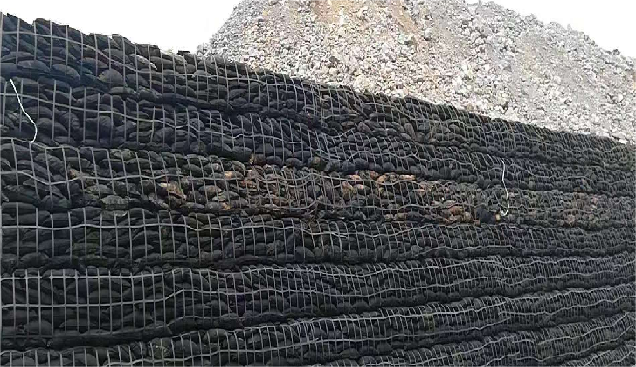
Discover how geogrid fabric for retaining walls improves structural integrity, reduces maintenance, and supports sustainable construction.
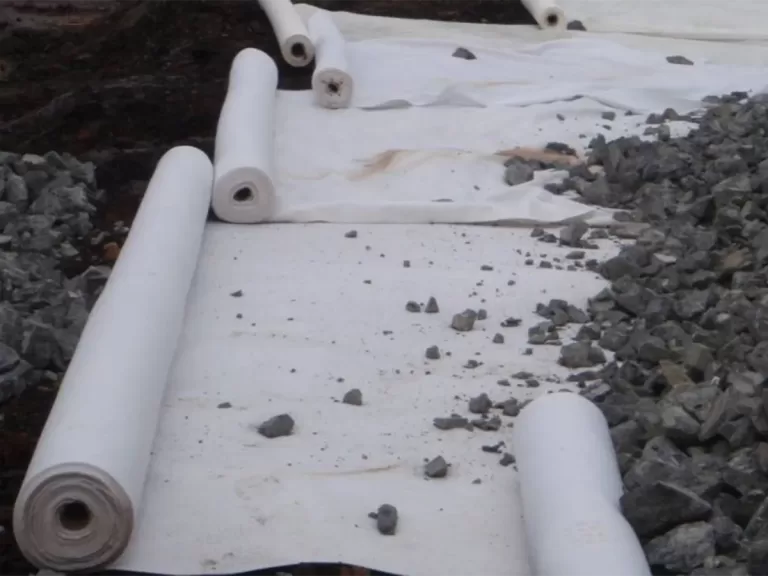
Discover durable non woven geotextile solutions at Geofantex to improve soil stabilization, drainage, and project performance.
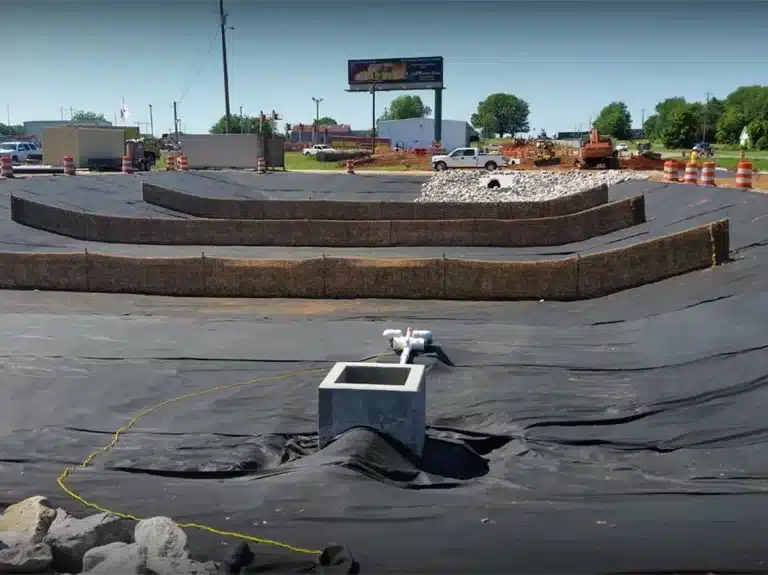
Enhance your driveway with high-quality geotextile fabric from Geofantex for durability, stability, and long-lasting performance.

Discover how K Drain Geocomposite improves drainage, soil stability, and structural performance in civil projects.
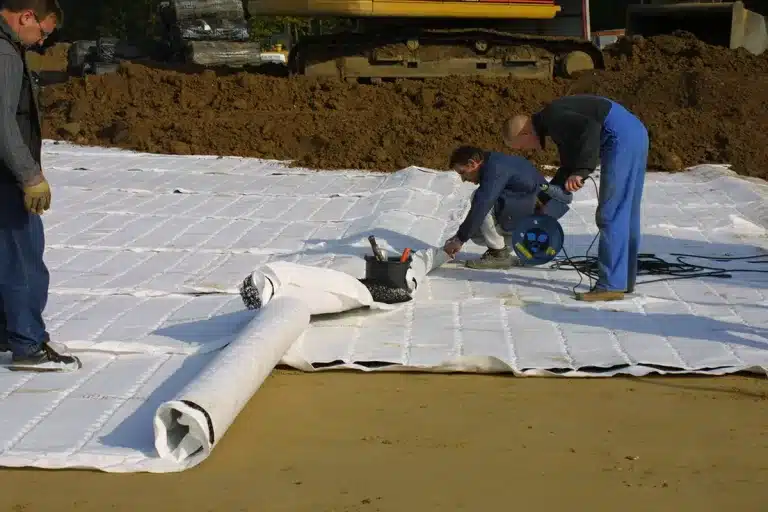
Use geocomposite for unpaved roads to boost durability, reduce erosion, and improve drainage for lasting performance.

Explore geonet liners, their drainage and containment applications, and environmental benefits in modern infrastructure.
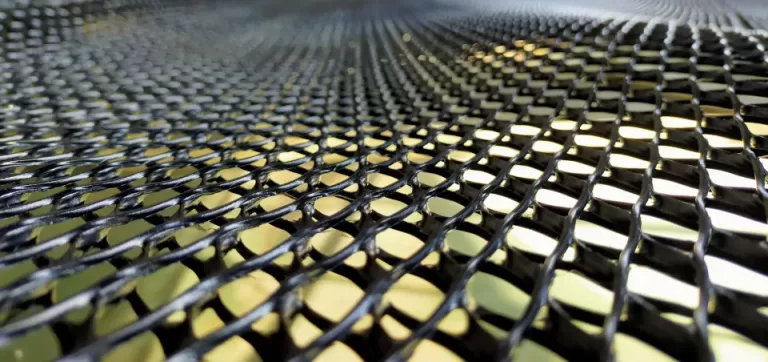
Learn if concrete can be installed on top of a geonet and its applications in drainage and soil stabilization.
End of content
End of content
WhatsApp us